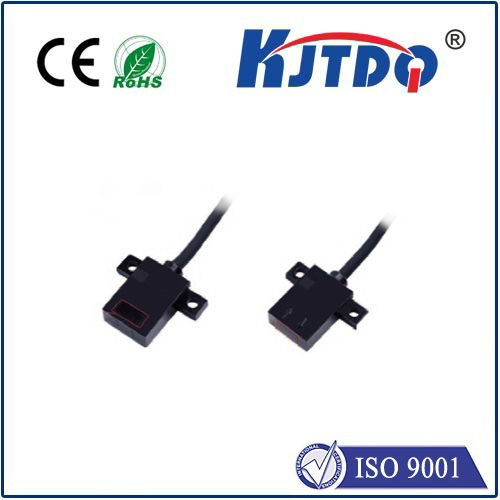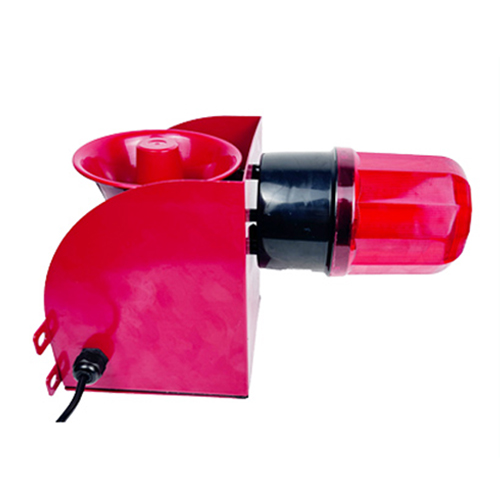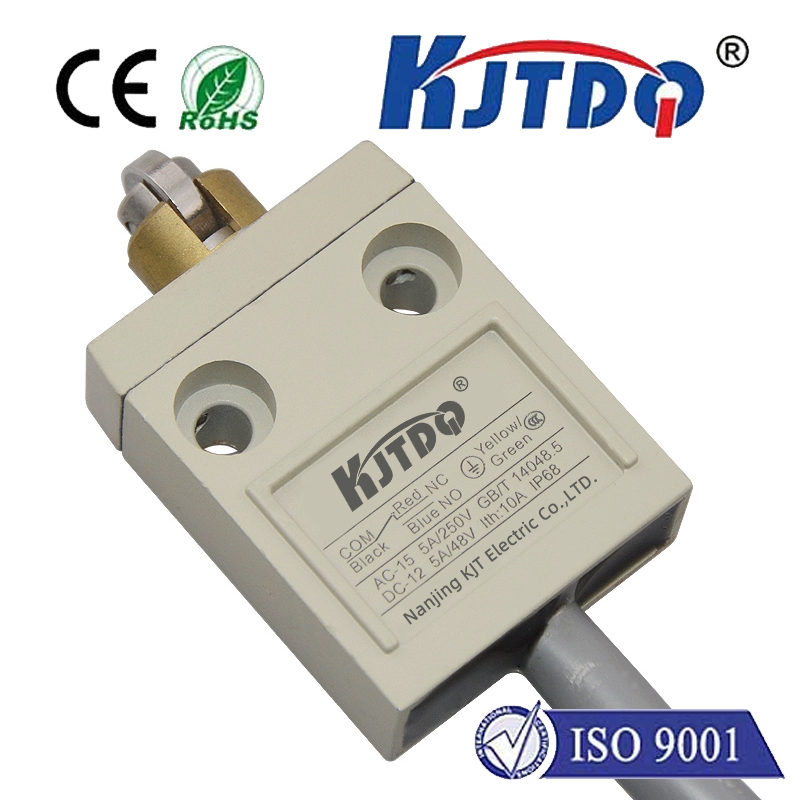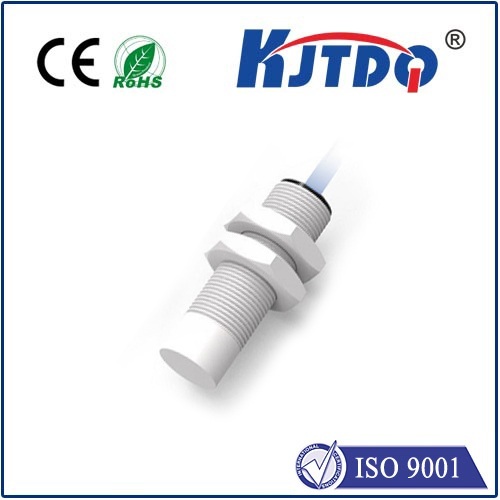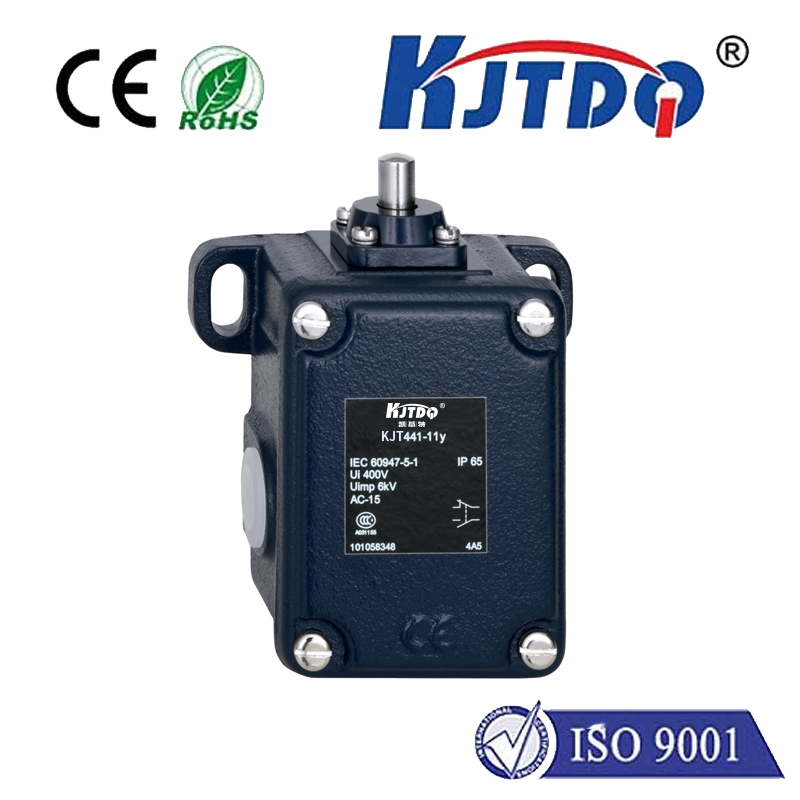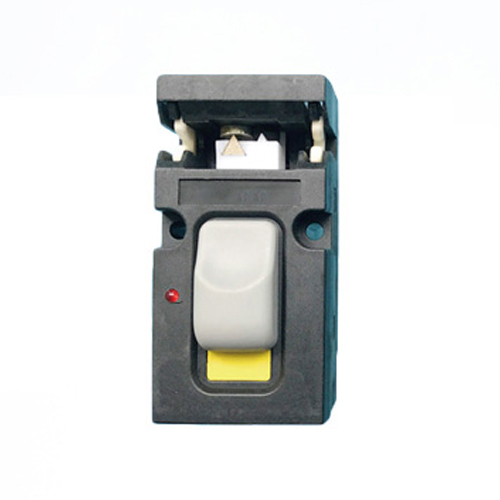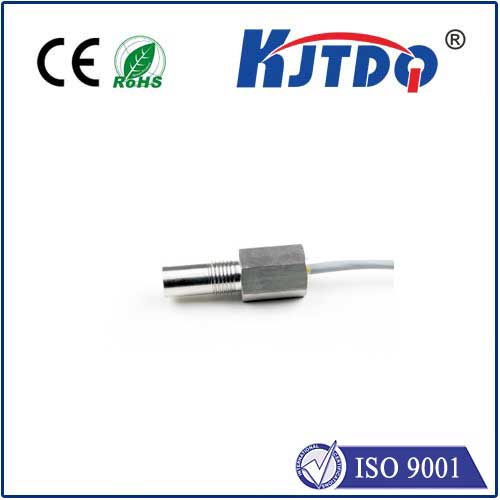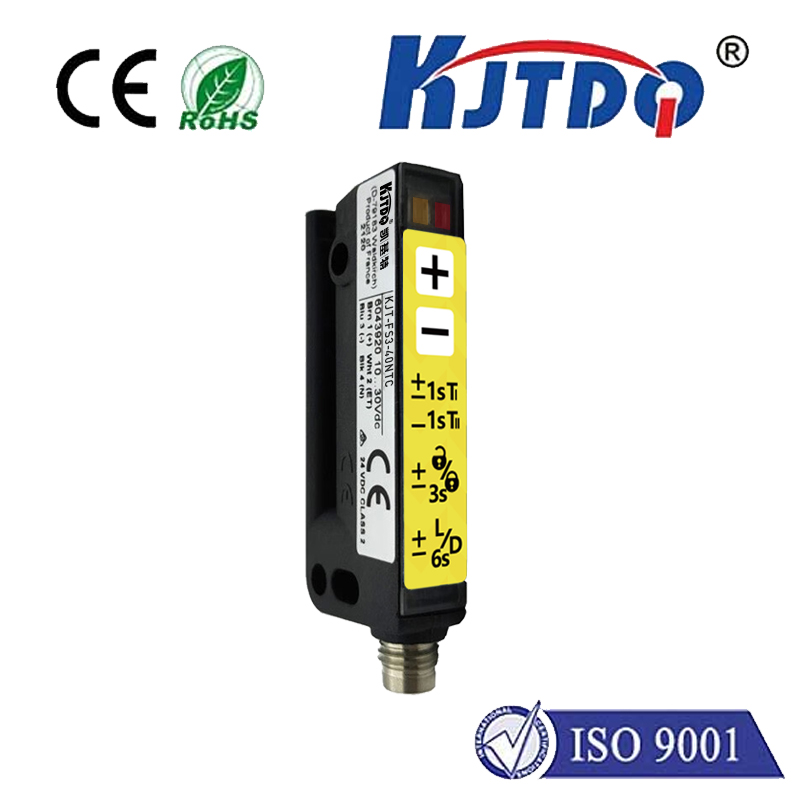laser level sensor
- time:2025-09-11 03:31:14
- Click:0
Laser Level Sensors: Precision Measurement for Modern Industry
Accurately determining the level of liquids, solids, or slurries within tanks, silos, and containers is a fundamental challenge across countless industries. From ensuring efficient production processes to preventing costly overflows or dangerous dry-running situations, getting this critical measurement wrong is simply not an option. Enter the laser level sensor: a sophisticated, non-contact solution leveraging cutting-edge optical technology to deliver remarkable precision and reliability where traditional methods often struggle.
Unlike mechanical floats, conductive probes, or ultrasonic sensors, laser level sensors operate on the principle of light. They emit a highly focused beam of laser light (typically infrared or visible red) towards the material surface. The sensor then precisely measures either the time-of-flight (TOF) it takes for the laser pulse to travel to the surface and back, or utilizes phase shift or triangulation principles. This measurement allows the sensor to calculate the exact distance to the target material, which is then converted into a highly accurate level measurement.
The core benefits driving the widespread adoption of laser level sensors are compelling:

- Unmatched Precision: Laser technology offers extremely fine resolution, capable of detecting minute changes in level. This is crucial for applications demanding tight control, such as chemical dispensing, pharmaceutical batching, or high-precision inventory management.
- True Non-Contact Measurement: Since the laser beam never physically touches the measured substance, these sensors are ideal for:
- Abrasive Materials: Preventing wear and tear caused by sand, cement, or gravel.
- Sticky or Viscous Substances: Avoiding buildup on the sensor head common with adhesives, sludges, or oils.
- Corrosive Liquids: Eliminating sensor degradation from exposure to acids, caustics, or solvents.
- Delicate or Lightweight Solids: Measuring fluffy materials like flour or plastic pellets without disturbing them.
- Minimal Installation Constraints: The highly focused laser beam allows for installation in confined spaces, small tank nozzles, or awkward geometries where other sensor types wouldn’t fit or operate effectively. This focused beam also significantly reduces interference from tank internals like agitators, ladders, or heating coils.
- Long Range Capabilities: Modern laser distance sensors for level applications can reliably measure distances ranging from a few centimeters up to several hundred meters, making them suitable for both small reactors and massive storage silos or open pits.
- Speed and Response Time: Laser pulses travel at the speed of light, enabling extremely fast measurement updates. This rapid response is vital for high-speed filling lines, surge control, or monitoring rapidly changing levels.
- Resolution Independent of Medium: Unlike ultrasonic sensors, whose performance can be degraded by foam, vapor, or dust, laser level detectors generally perform well in applications with airborne dust or vapor, provided the beam path isn’t completely obstructed (though dense fog or heavy dust plumes can pose challenges).
Where Do Laser Level Sensors Shine? Applications Across Industries:
- Chemical & Petrochemical: Precision measurement of corrosive acids, bases, solvents, and various process intermediates in reactors and storage tanks. Their non-contact nature is a major safety and maintenance advantage.
- Pharmaceuticals & Food & Beverage: Ensuring accurate batching and filling of ingredients, monitoring levels in hygienic vessels, and controlling levels of viscous products like syrups or dairy creams. Sanitary housing options are often available.
- Water & Wastewater: Monitoring levels in clarifiers, filter beds, chemical dosing tanks, and effluent streams. The ability to handle foam or surface turbulence is often important.
- Bulk Solids Handling: Measuring levels of powders, grains, pellets, and aggregates in silos, hoppers, and bins. The focused beam minimizes false echoes from dust clouds.
- Mining & Minerals: Monitoring ore levels in crushers, stockpiles, and large storage facilities, often over significant distances.
- Power Generation: Measuring fly ash in silos, limestone slurry in FGD systems, and water levels in feed tanks.
- Pulp & Paper: Controlling stock consistency and levels in tanks and chests.
Key Considerations When Selecting a Laser Level Sensor:
While powerful, laser level measurement isn’t a universal panacea. Choosing the right sensor requires careful evaluation of several factors:
- Beam Type: Visible Red vs. Infrared (IR). Visible red allows for easier commissioning (visual beam alignment), but IR often provides better performance in challenging environmental conditions like bright sunlight. IR is invisible to the naked eye, however.
- Range: Precisely define the minimum and maximum distances the sensor needs to measure. Ensure sufficient headroom beyond the actual level range for reliable operation.
- Target Surface: Laser sensors work best on diffuse, opaque surfaces. Highly reflective surfaces (like calm liquids) or very dark, non-reflective materials can cause measurement difficulties. Some models offer algorithms or hardware solutions to mitigate these issues. Poorly reflecting targets require careful sensor selection.
- Process Conditions: Consider temperature, pressure, and the presence of dust, vapor, or steam in the beam path. Look for appropriate ingress protection (IP rating), temperature specifications, and potentially air purge connections for heavily contaminated environments. A robust dust-resistant housing is often crucial.
- Material Properties: Ensure the sensor’s construction materials (lens, housing, seals) are compatible with any chemicals or cleaning agents present in the environment.
- Output Signal: Match the sensor’s output (e.g., 4-20mA analog, Modbus, HART, Ethernet/IP, PROFIBUS PA) to your control system’s requirements.
- Beam Divergence: Understand how wide the laser beam spreads over distance, as this affects the minimum installation distance from walls/obstacles and the size of the target spot required.
Installation and Maintenance: Optimizing Performance
Proper installation is paramount for achieving the best results from a laser distance sensor used for level:
- Secure Mounting: Ensure the sensor is firmly mounted to minimize vibration, which can introduce noise into the measurement.
- Clear Beam Path: Meticulously align the sensor so the beam travels unobstructed to the target surface. Avoid mounting near structures that could cause parasitic reflections (false echoes).
- Avoiding Windows: While some sensors offer window compensation, measuring through sight glasses or windows is generally not recommended unless explicitly supported by the sensor model, as it can introduce significant measurement errors.
- Calibration: Follow the manufacturer’s commissioning procedures accurately to configure measuring ranges and set points.
- Lens Maintenance: Periodically inspect and clean the sensor lens if dust, dirt, or process residue accumulates, as this can attenuate the laser signal. Never use abrasive materials for cleaning.
The Future of Laser Level Sensing:
Advancements in laser technology and signal processing continue to enhance these sensors. We see trends towards:
- Improved Performance: Higher accuracy, longer ranges, better tolerance to difficult surfaces (low reflectivity, liquids), and enhanced algorithms for rejecting interference.
- Smaller Form Factors: More compact sensors enabling installation in even tighter spaces.
- Enhanced Connectivity: Seamless integration into Industrial IoT (IIoT) architectures and cloud-based monitoring systems with digital protocols like IO-Link becoming standard.
- Reduced Costs: As technology matures and production scales, costs are becoming more competitive, making laser level detection accessible for a wider range of applications.






